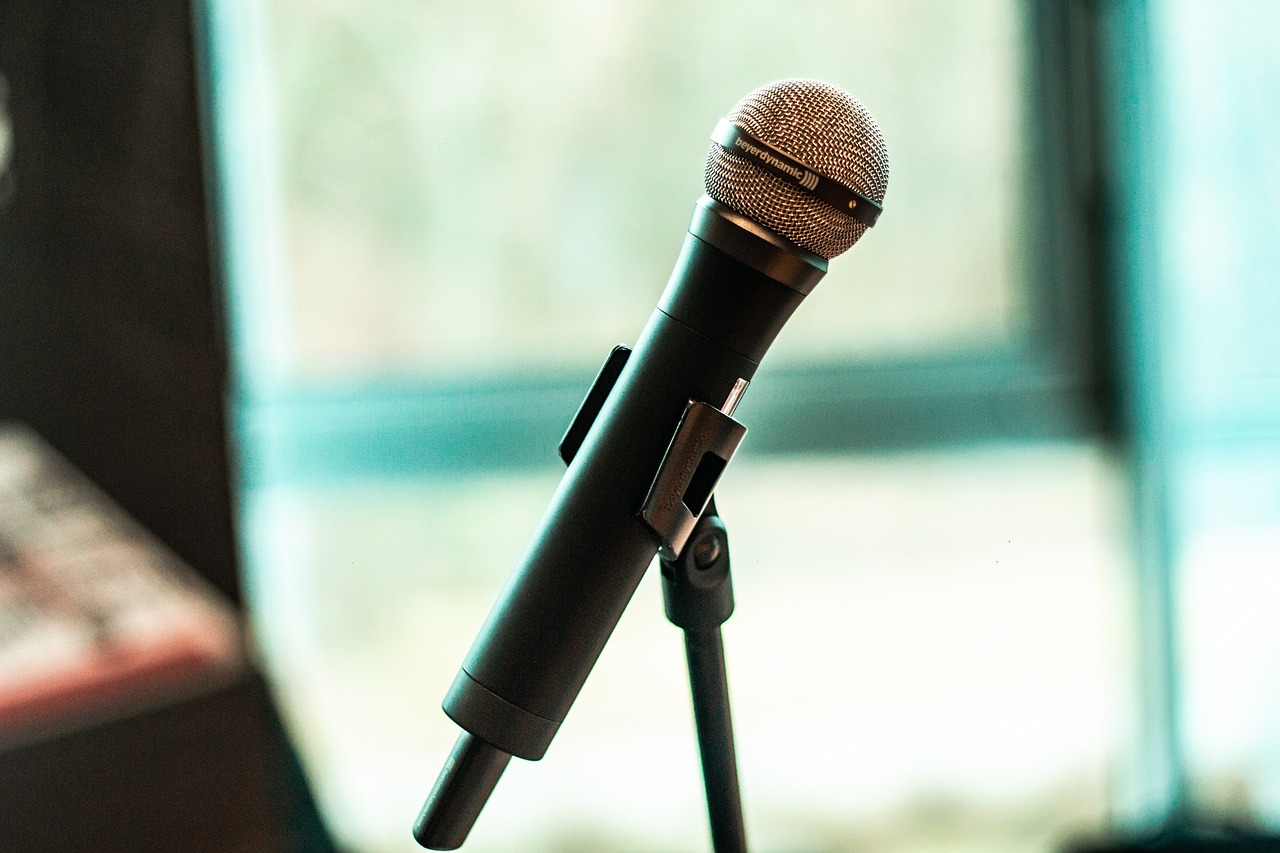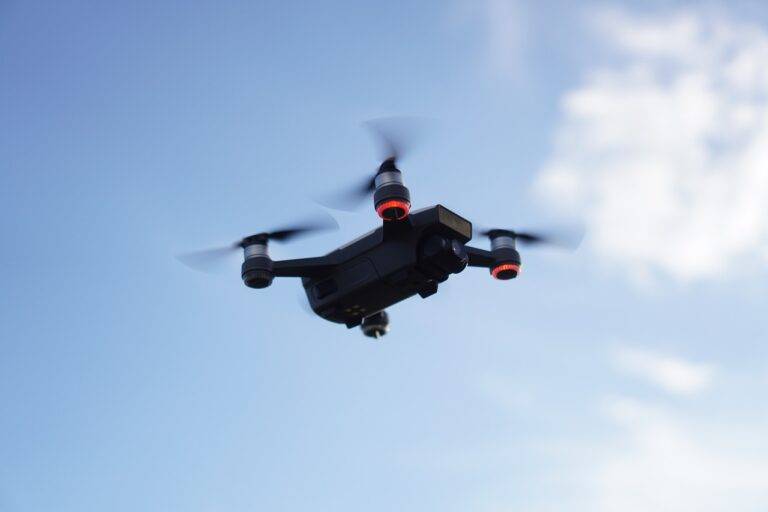The Thrill of Kiteboarding: Riding Waves and Wind in Exotic Locations
Kiteboarding, also known as kitesurfing, is an exhilarating watersport that combines elements of surfing, windsurfing, and paragliding. Participants harness the power of the wind through a large controllable kite while riding a board across the water’s surface. This dynamic sport offers a unique experience that appeals to thrill-seekers and water sports enthusiasts alike.
Kiteboarding can be practiced in various settings, including oceans, lakes, and even snow-covered terrain. With its roots in the late 20th century, kiteboarding has rapidly gained popularity across the globe. As a sport that requires skill, physical fitness, and an understanding of wind dynamics, kiteboarding offers a challenging yet rewarding opportunity for individuals seeking an adrenaline-fueled adventure on the water.
Heading 2: The History and Evolution of Kiteboarding
Kiteboarding, a blend of windsurfing, surfing, and paragliding, first emerged in the late 20th century. The sport gained popularity in the 1990s as enthusiasts sought new ways to harness the power of the wind for thrill-seeking adventures. Initially known as flysurfing or kite-skiing, kiteboarding has evolved into a dynamic and adrenaline-pumping water sport that attracts thrill-seekers and water sports enthusiasts worldwide.
Over the years, kiteboarding has undergone significant advancements in technology and technique, making it more accessible and exciting for riders of all skill levels. Innovations in kite designs, board shapes, and safety systems have transformed the sport, allowing riders to perform breathtaking jumps, loops, and tricks on the water. As kiteboarding continues to evolve, its community grows, pushing the boundaries of what is possible on the waves and in the air.
Heading 3: Essential Gear for Kiteboarding
Kiteboarding, like any other water sport, requires specific gear to ensure a safe and enjoyable experience. The essential equipment for kiteboarding includes a kite, harness, control bar, lines, board, helmet, impact vest, wetsuit or drysuit, and safety knife. Each piece of gear serves a crucial role in the overall performance and safety of the rider.
The kite, controlled by the rider through the control bar and lines, is the heart of kiteboarding. The harness distributes the kite’s pull, allowing the rider to concentrate on steering and maneuvering. A well-fitted helmet and impact vest provide protection in case of falls or collisions, while the wetsuit or drysuit keeps the rider warm in cold water conditions. The safety knife, attached to the harness, is essential for cutting tangled lines in emergencies. Understanding the importance of each gear item and investing in quality equipment is key to a successful kiteboarding session.





